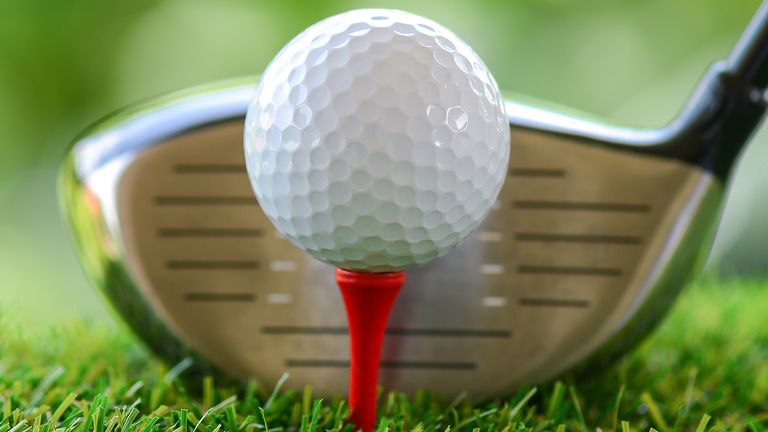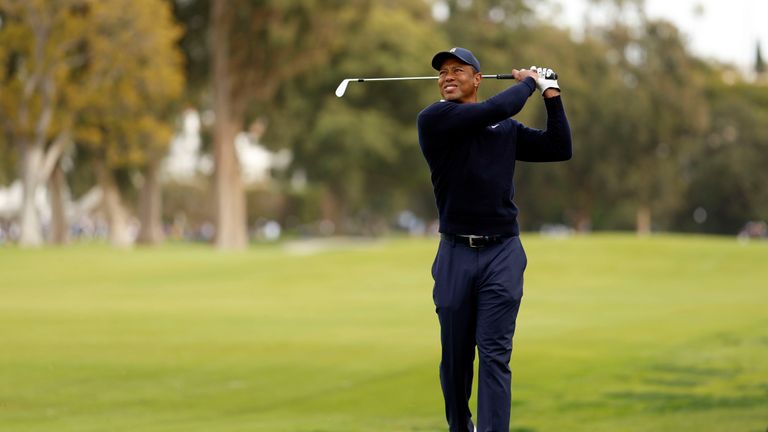The R&A and USGA have released new rules on what counts as a conforming golf ball, following years of studying the impact of hitting distances on the game; plan is to implement the changes in the professional game from 2028 and recreationally from 20230
Last Updated: 06/12/23 2:21pm

The rules on what is a conforming golf ball is going to change across all levels of the game
Golf’s governing bodies have unveiled a rule change that will reduce how far the ball can travel, but how will the new regulations impact golfers playing at all levels of the game? We take a look at what is going on, why it is happening and what it could mean for you…
What is going on then?
For the first time since 2004, the definition of what conforms as a golf ball within the rules of golf is changing. The R&A and USGA will update the testing conditions used for golf ball conformance under the Overall Distance Standard (ODS).
The governing bodies said in February 2020 that they intended to “break the ever-increasing cycle of hitting distance” but admitted it could take years before solutions were found, with steps now being made to put them into practice across both the professional and amateur game.
The rule on a conforming golf ball currently in place says that a golf ball, when hit at a club head speed of 120 miles (equivalent to 176mph ball speed) an hour at specified launch conditions, can go no further than 320 yards.
That will change so that the ball can go no further than 320 yards when hit with a club head speed of 125mph with the same launch conditions. In many cases, it will mean current balls being non-conforming and prevent them from being allowed to be used.
R&A chief executive Martin Slumbers told Sky Sports: “The rationale for us making a rule change was based on five years of work studying into the impact of distance on the game, how the game is played, what’s happening on the golf courses and all the various aspects of it.”
Why is this being done?
Advances in fitness and golf equipment technology have seen players hit the ball further than ever in recent years, leading to golf courses being lengthened in a bid continue to test the world’s best.
Slumbers explained: “We decided we needed to change the rule because we felt that we needed to preserve the integrity of golf courses, as we’ve seen significant lengthening of lots of golf courses over the last 20 years.
“We wanted to maintain the balance of skills and technology around how the game is played, and not have one element of it dominating all the other elements. We wanted to make sure and be cognisant of our environmental responsibility to our sport.
“We are living in a world where we do need to be very conscious of it. As some people have said, we’re running out of property. We can’t keep building new tees further back, longer and longer courses, so that was that rationale and the reasons for the decision.”
How is it going to impact hitting distances?
The average top ball speed for the world’s best has increased to around 183mph, compared to 176mph when the rules were last modified, with those with the fastest ball speed set to experience around a 15-yard deduction in hitting distances.
The average tour pro will lose an average of 10 yards and the average recreational player is expected to lose less than five yards of distance, with Slumbers expecting the impact to be minimal for those outside of the professional game.
“We are reducing it for the longest hitters, but the impact to the recreational game is minimal,” Slumbers explained. “For most of us, who play the game for love, the gap between our longest drive and our shortest drive is a lot bigger than five yards. I don’t think I would notice it in my game and I doubt most people would notice it.”
When is this being implemented?
The rollback will come into play from 2028 at a professional level and 2030 in the recreational game, having initially backed down on the original plan for the MLR to come into play from 2026.
Existing balls approved for conformance in 2027 may continue to be used by recreational golfers until January 2030 to give golfers, manufacturers and retailers additional time to adjust.
Could anything have been done differently?
Golf’s governing bodies announced in March the proposal of a Model Local Rule (MLR), giving tournaments the option to require the use of balls which would travel less and could have enabled bifurcation – essentially one ball for the pros and the elite players of the game and one ball for us weekend hackers.
The proposal received pushback from some PGA Tour players and golf manufacturers, although Rory McIlroy feels it would have been a solution without causing any impact to the amateur game.
“I thought that was a great move because I feel that the game is already bifurcated,” McIlroy told Sky Sports. “There’s five to 10 golf balls on the PGA Tour that the public don’t have access to. They can’t get in shops, so already there’s a bifurcation of the ball.
“Then we get to select the very best driver heads from the batches that come out of the factories. We get to design our own irons, we get to do our personal grinds on our wedges. We have so much input into the stuff that we play and the amateurs that buy something off the shelf just don’t have that.
“In my opinion, the equipment is already bifurcated and that’s why I thought this was just logical next step to do this model local rule.”
What will it mean in the pro game?
McIlroy spoke out about the changes on X – formerly known as Twitter – over the weekend, with the former world No 1 expecting the golf ball rollback to produce a different style of golf in the professional game.

Rory McIlroy was among those in support of bifurcation
“I think it’ll just bring back some skills into the pro game that have maybe been lost and I actually think it will make the pro game more entertaining to watch,” McIlroy said. “I think you’re going to see a different variety of games succeed.
“It’s not just going to be this bomb and gouge that we see predominantly now when you watch the top level of golf, and it’ll bring some of the great classic courses back into consideration when we go to major championships. We need to show a lot of different skills and styles of play.”
The 2024 PGA Tour season begins with The Sentry from January 4-7, held on the Plantation Course at Kapalua, Hawaii and live on Sky Sports Golf. Stream the PGA Tour, DP World Tour, LPGA Tour and more with NOW.


